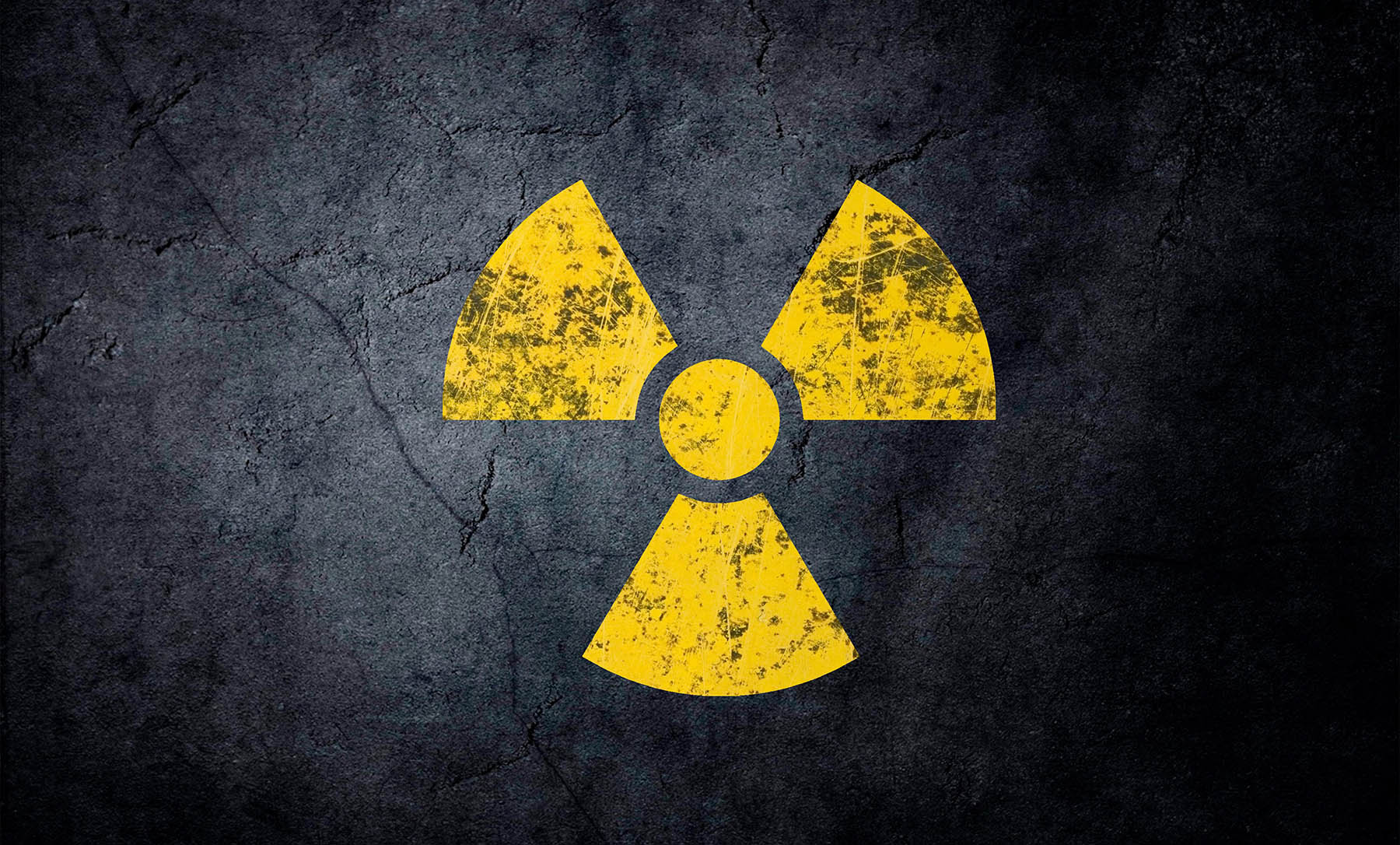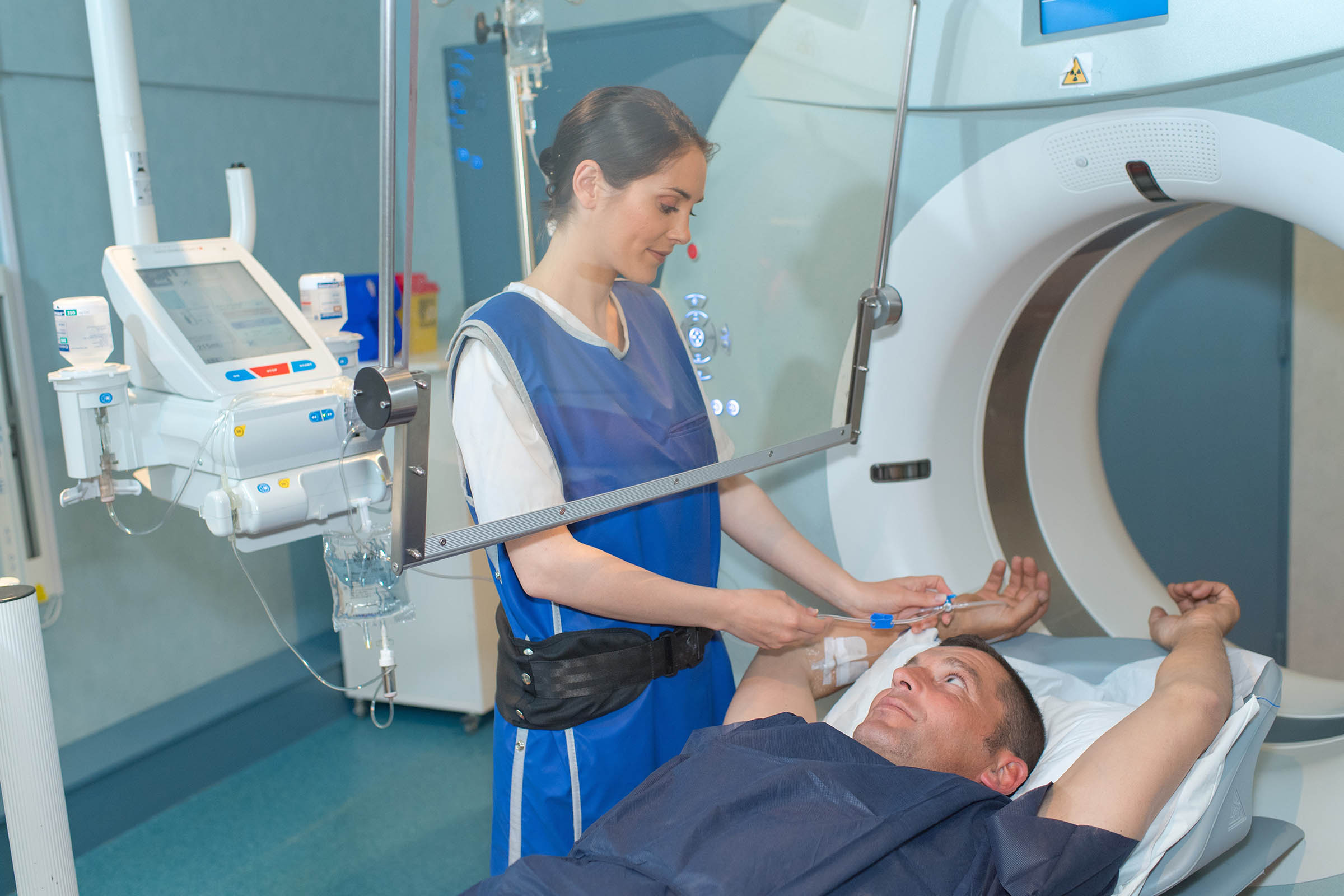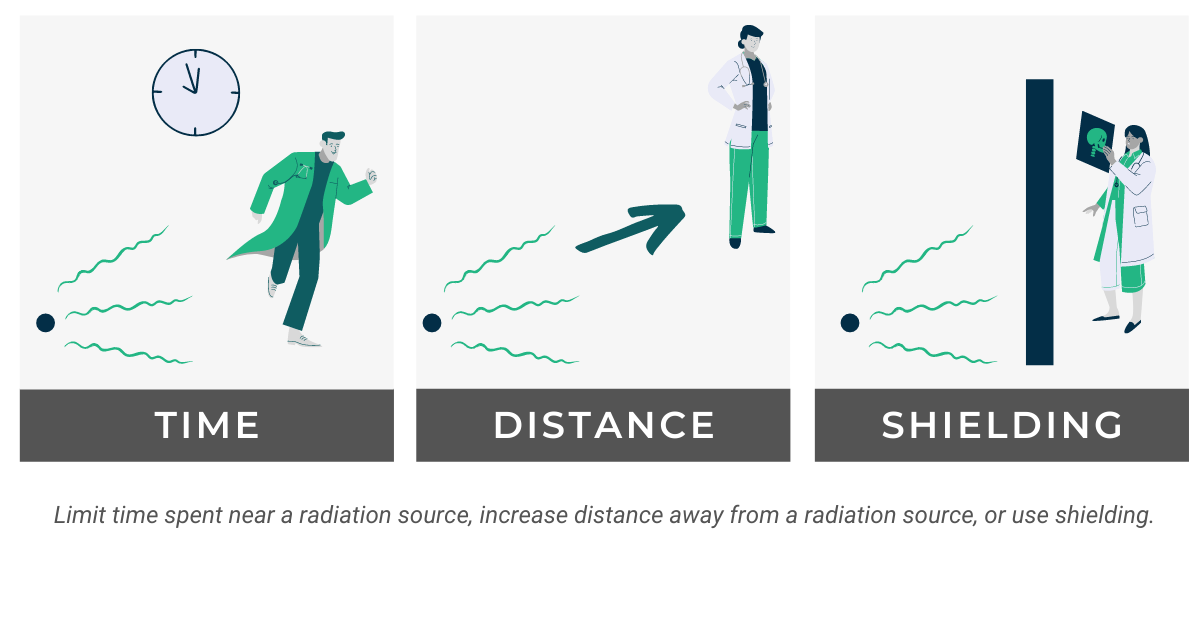Ionizing radiation is useful for diagnosing and treating a range of health conditions–broken bones, heart problems, and cancer, for example. Medical imaging with x-rays, diagnostic radiopharmaceuticals, and radiation therapy are often life-saving procedures.
However, the accidental or misuse of medical radiation can sometimes cause unforeseen and unfortunate consequences. Radiation protection guidelines and policies help to ensure the safe use of radiation in the medical setting for both patients and staff.
The health effects of ionizing radiation are usually classified into two categories: deterministic and stochastic.
Deterministic Effects
According to the International Atomic Energy Agency (IAEA), a health effect that requires a specific level of exposure to ionizing radiation before it can occur is called a deterministic effect. The severity of a deterministic effect increases as the dose of exposure increases and considers a minimum threshold, below which no detectable clinical effects occur. This type of effect is predictable and reproducible. For example, localized doses to certain parts of the body at increasing levels will result in the same biological effects.
Deterministic effects are caused by severe cell damage or death. Individuals who experience the physical effects of this cell death do so when it is large enough to cause significant tissue or organ impairment.
Deterministic effects are short-term, adverse tissue reactions resulting from a dose that is significantly high enough to damage living tissues. The severity of a deterministic effect increases with radiation dose above a threshold, below which the detectable tissue reactions are not observed.
Deterministic effects are usually predictable and reproducible. For example, localized doses to certain parts of the body at increasing levels will result in well-understood biological effects.

Some examples of deterministic effects include:
- Radiation-induced skin burns
- Acute radiation syndrome
- Radiation sickness
- Cataracts
- Sterility
- Tumor Necrosis
Stochastic Effects
Stochastic effects are probabilistic effects that occur by chance. An extremely rare stochastic effect is the development of cancer in an irradiated organ or tissue. The probability of occurrence is typically proportional to the dose received. Stochastic effects after exposure to radiation occur many years later (the latent period). The severity is independent of the dose originally received.
Since many agents in the environment are also known carcinogens, and since many cancers occur spontaneously, it is not possible in most cases to directly link radiation exposure to an observed cancer. If a population group receives a dose of ionizing radiation at one time, it is therefore not possible to predict who in that group will develop cancer, if any, or to tell if the people who do develop cancer did so as a result of the dose of ionizing radiation or some other lifestyle factor, such as smoking.
Examples of stochastic effects include:
- Cancer
- Heritable or genetic changes
Dose Limits and Radiation Protection
In our day-to-day lives, we are exposed to both background and man-made sources of radiation. Everyone receives radiation exposure from natural cosmic and solar rays, and radionuclides in soil. The benefits of diagnostic and therapeutic medical radiation far exceed the risks. Fortunately, the health risks associated with natural background levels are small, and by regulations, we are protected from man-made radiation.
The National Council on Radiation Protection and Measurements (NCRP) recommends dose limits for managing exposures to ionizing radiation and protecting humans from adverse effects. Their purpose is to prevent acute and chronic radiation-induced tissue reactions (deterministic effects) and to reduce the probability of cancer (stochastic effect) while maintaining the benefits to people and society from activities that generate radiation exposures (NCRP Report No. 180, 2018).
| Type of limit | Radiation worker | Public |
| Stochastic limits Effective dose, whole body (mSv/year) | 50 | 1 |
| Deterministic limits Tissue absorbed dose (mGy/year) | ||
| Lens of the eye | 50 | 15 |
| Skin | 500 | — |
| Extremities (hands and feet) | 500 | — |
Figure 2. Values from NCRP Report No. 180, Management of Exposure to Ionizing Radiation: Radiation Protection Guidance for the United States (2018).
The concept of dose limits also takes into account the ideas that any use of radiation should do more good than harm, and that permissible exposure should be maintained “as low as reasonably achievable” (ALARA). In line with this philosophy, medical professionals strive to minimize medical radiation exposures to patients without compromising imaging quality and therapy effectiveness.
Conclusion
Adverse health effects can occur after exposure to ionizing radiation. For radiation protection, scientific advisory organizations have recommended dose limits to prevent deterministic effects and reduce the probability of stochastic effects in radiation workers, medical professionals, patients, and other members of the general public.
Versant Physics is a full-service medical physics and radiation safety consulting company based in Kalamazoo, MI. Contact us for all of your regulatory, radiation safety, and personnel dosimetry needs.
Sources:
- https://hps.org/publicinformation/ate/faqs/regdoselimits.html
- https://www.nrc.gov/reading-rm/basic-ref/glossary/non-stochastic-effect.html
- https://www.nrc.gov/about-nrc/radiation/around-us/uses-radiation.html
- https://www.radioactivity.eu.com/site/pages/Deterministic_Effects.htm
- https://www.imagewisely.org/Imaging-Modalities/Computed-Tomography/How-to-Understand-and-Communicate-Radiation-Risk
- https://www.radiation-dosimetry.org/what-is-dose-limit-radiation-definition/




